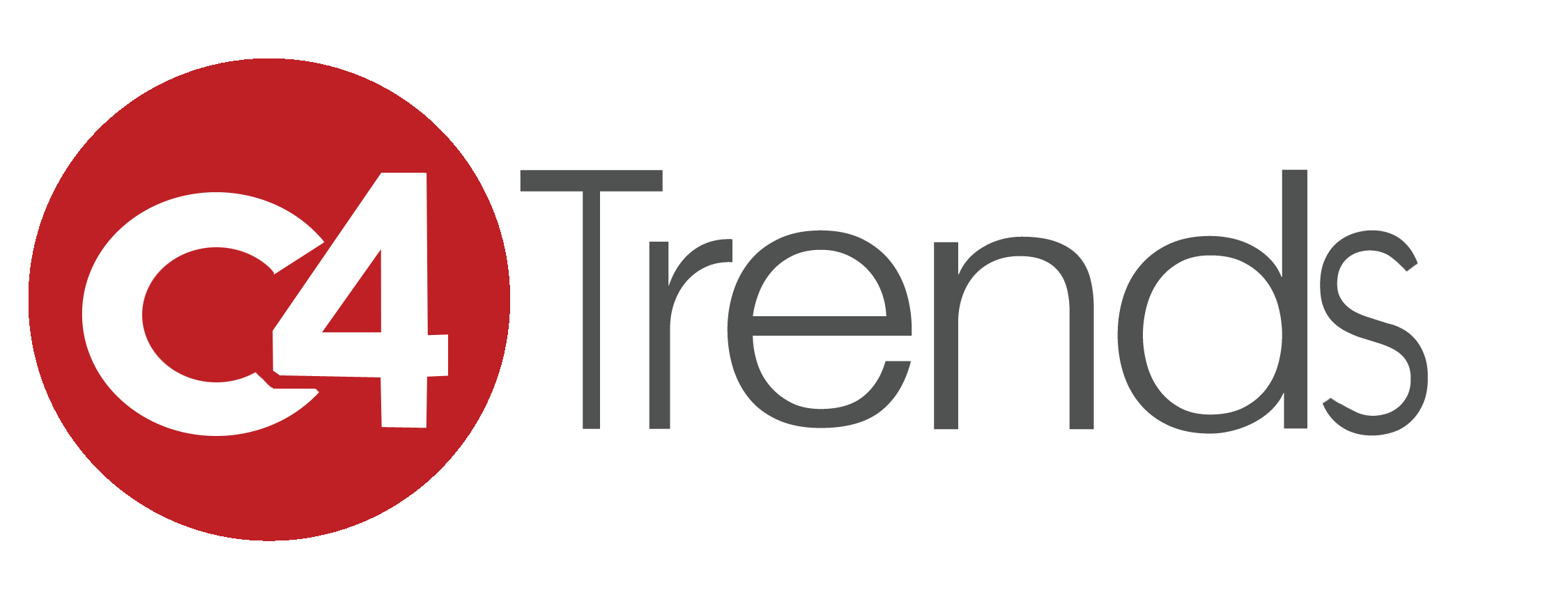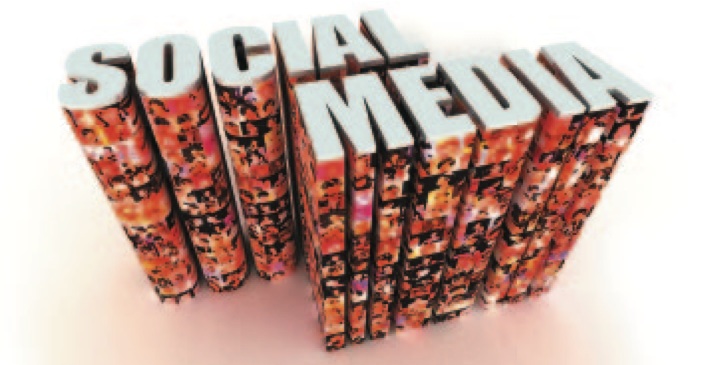When the concept for the Internet emerged more than a half-century ago — who could have foreseen that vast amounts of information would easily be accessible on mobile devices like smart-phones, laptop computers and tablets?
Back in the 1970s the U.S. Defense Department’s DARPA (Defense Advanced Research Projects Agency) established a digital communications network that could withstand a war or nuclear attack. As Vietnam, Watergate, the Oil Crisis and the Iranian Hostage Crisis made headlines, several Internet research teams worked on this Internet protocol. The rest is history.
Fast forward to 2011 — DARPA’s vision for the Internet seems ironic in light of the ensuing political turmoil in the Middle East, natural devastation around the globe and the nuclear disaster in Japan. We are seeing in real-time that the combination of a mobile device with the Internet along with applications such as texting and social media are critical tools for communications in times of crisis and emergency.
In Japan, the mobile telecommunications giant, NTT DoCoMo, used its i-mode Disaster Message Board Service to enable people to check on the safety of their loved ones with a mobile phone during the twin earthquake and tsunami disaster in Japan.
On its website, DoCoMo is running txt2help Japan, created by an NTT German subsidiary called net mobile. This SMS-based international fundraiser was launched to raise money for the emergency humanitarian efforts in support of disaster relief efforts in Japan. Similarly, on NTT’s front page is txt2help — also from its German subsidiary — to let subscribers post messages to disaster victims via Facebook.
Transforming Society
Over the past few months, social media has transformed from a medium for chatter and marketing to a valuable instrument for arousing people’s passions, saving lives and reuniting families and loved ones.
When Haiti was struck by the worst earthquake in 200 years, a 7.0 magnitude followed by 12 aftershocks greater than 5.0, thousands died and millions were displaced. While Haiti is one of the poorest countries in the world, it has a very high mobile phone penetration rate. Although its infrastructure and communications were destroyed, SMS came to the rescue. Medic Mobile, formerly Frontline SMS, a U.S.-based organization, connected with mobile operators and helped to coordinate the 4636 project to create an emergency communications channel. Working with the Office of Innovation at the U.S. Department of State, technology providers such as Digicel, and Viola, helped to create a system to process text messages with urgent needs from the ground. Using crowd-sourced translation, categorization and geo-tagging, reports were created for first responders within five minutes of receiving an SMS. More than 80,000 messages were received in the first five weeks of operation, focusing relief efforts for thousands of Haitians.
Mobilizing Change
2011 will go down in history as the year when the convergence of mobile devices with texting and social media set the Middle East on fire, by generating spontaneous momentum. We watched the crowds gather in Tahir Square, and witnessed the revolution that brought down Hosni Mubarak, the ruler of Egypt for more than 30-years. It was astounding to learn that a Google executive along with countless others, who did not know each other, could mobilize crowds that led to the toppling of this once powerful leader.
Dan Hesse, Sprint’s CEO said, “Historically, dictators control information. Now we saw that you don’t need to get physical to cause regime change.”
Ralph de La Vega, AT&T Mobility CEO, added, “Wireless mobility is creating democracy and gives the power to the people.”
We continue to see the real-life effects unleashed by social media and its ability to accelerate the mobilization of crowds as political realities in the Middle East and elsewhere around the globe continue to unfold.
A 2010 Ground Truth Social Survey found that 60 percent of mobile Internet time is spent on social networks. Look at Facebook, and its compounded annual growth rate of a whopping 200 percent. If this current growth rate continues, there will be more than 6.5 billion Facebook members by January 2013.
We are witnessing the transformation of social media from a tool for chatter, commerce and business operations to a force for socio-political change and humanitarian relief. The combination of a mobile device with apps has become a phenomenal catalyst for political revolutions and transformation as well as for aiding rescue, search and recovery missions.
When the Internet was created, none could have anticipated that it would forever change how we communicate.

